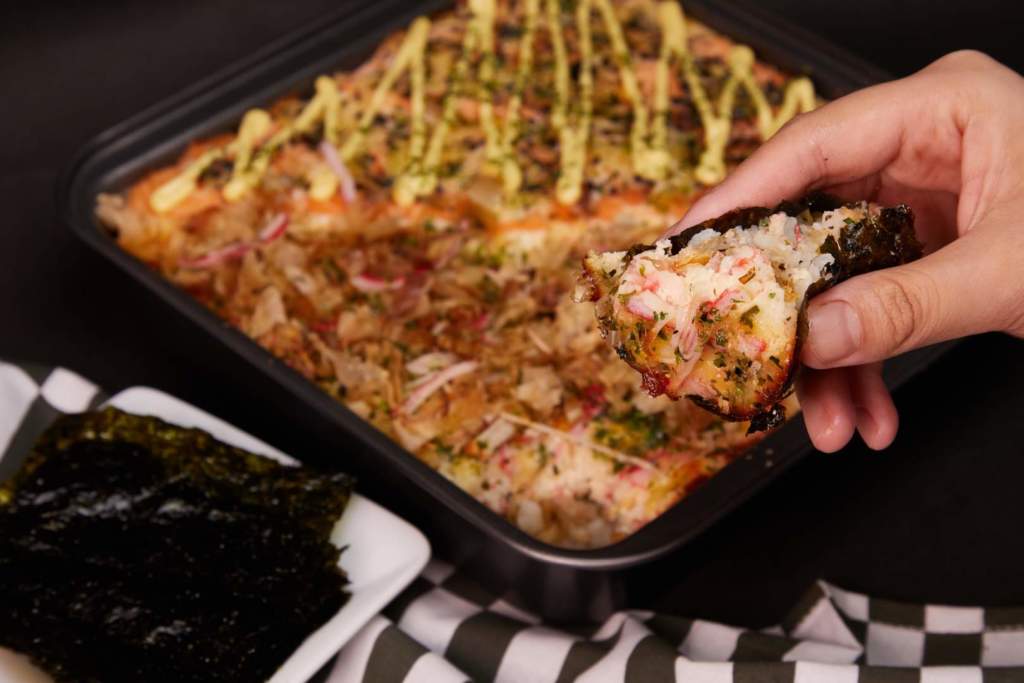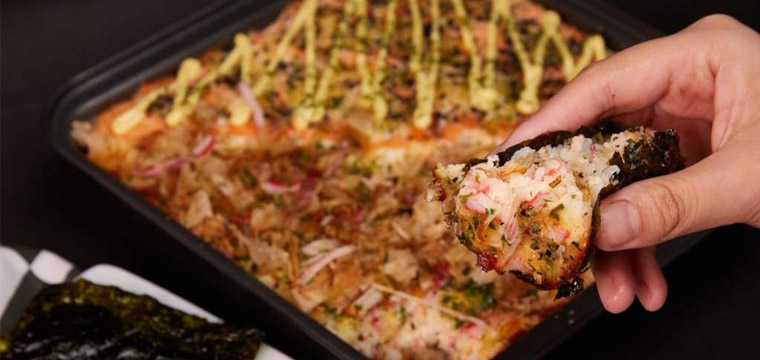
Photo from The Maya Kitchen
In 2020, the term quarantreats was coined to describe the frothy Dalgona coffee, sushi bake, and ube cheese pandesal that Filipinos were munching on to comfort themselves amid a pandemic and a nationwide lockdown.
A year later, the home delivery services scene blew up. We saw hundreds of small businesses popping up on Instagram and Facebook, selling everything from pasta kits, cochinillo, and mouthwatering pastries. Across the Philippines, foodies and home cooks turned their passion into a lucrative side hustle even joining cloud kitchens, filling the stomachs of hungry Filipinos and garnering Internet fame.
It’s too early to say what food trends will dominate the Philippines this 2022 but a few experts already have opinions.
For instance, Ana Lorenzana De Ocampo—the co-owner of popular restaurants Pink’s Manila and Wildflour Café + Bakery—is adamant that childhood favorites and healthy dishes will be a hit this year. On the other hand, Ian Carandang—the founder of Sebastian’s Ice Cream—is confident that local entrepreneurs will recreate whatever trends are happening in Korea.
How do Food Trends Happen?
Many entrepreneurs have made their fortunes by following food trends: Red Mittens PH, for example, capitalized on the sushi bake trend and set up an Instagram store in April 2020. Now, they have nearly 2,000 followers and in just one month and sent out more than 1,000 trays of their bestselling dish.
Red Mittens PH may have found success with sushi bake but taking advantage of food trends is far from easy. First, entrepreneurs must identify them, which is hard since these aren’t determined by a single source.
In an article for the Chicago Tribune titled “Why Kale is Everything: How Food Trends are Born,” journalist Samantha Bomkamp wrote:
“Food trends are influenced by a wide range of factors, from fashion and pop culture to health fads. They’re sometimes created by chefs, often in the world of fine dining, and then mimicked and re-purposed by other restaurateurs.”
Food trends are closely observed and analyzed by companies designated to do so. They aren’t always random ideas that go viral. Oftentimes, they are just as strategic as every other facet of your business. Knowing that, can you as a restaurateur mimic what they’re doing?
Well, here are some tips on when you should and when you shouldn’t follow suit.
When You Should Capitalize on Food Trends
Entrepreneurs are often advised to follow market trends since these indicate what customers want and thus, are willing to pay for. Here are 3 reasons why you should capitalize on food trends:
#1 – They allow you to attract new customers
While business isn’t for the faint-hearted, entrepreneurs still want to feel confident that the decisions they make will pay off in the long term. Following trends guarantee you that because it gives you an established customer base, which minimizes the chances of you investing badly in ideas and product offerings that ultimately won’t pan out.
#2 – They keep your understanding of the business clear
More often than not, good businesses fail because the people behind them lack a clear understanding of the brand’s focus. Capitalizing on food trends prevents this, keeping you focused on doing what you do best. For example, Cochinillo Luisito has earned over 27,500 Instagram followers selling just one thing—native black suckling pig.
#3 – They help you stay one step ahead
Understanding food trends allows you to predict boom and lean times: For example, if you’re an entrepreneur selling leche flan in different flavors, then you’ll likely experience an influx of orders during the holiday season. This means you can prepare inventory and ingredients ahead of time.
And that’s incredibly important since, in the food business, waste translates to money lost.
When You Should Avoid Food Trends
Entrepreneurship is fickle, which is why not every piece of advice will lead to success. Here’s why you should avoid food trends:
#1 – They mislead you into making the wrong choices
Just because customers excessively buy something doesn’t mean it’s a trend. Most of the time, it’s a mere fad, which only stays popular for a very short period of time. Think of the Cronut—one minute people were lining up for hours to get their hands on them, the next it was as if they never existed.
#2 – They aren’t permanent or sustainable
There comes a point when food trends taper off, attracting only latecomers and nostalgic customers. Research also shows that the quicker something becomes popular, the faster it fizzles out. Think of frozen yogurt—at one point, there were thousands of them across Metro Manila. While they still exist, they’re no longer as in demand as they were before.
#3 – They mean fierce competition
Chances are, many entrepreneurs are thinking of capitalizing on food trends too, which means you’re facing stiff competition even before establishing your business. To succeed, you must set yourself apart, although that’s really hard to do when you’re simply catching up and trying to follow along with what people are hyped about.
Your Business, Your Choice
At the end of the day, it’s your business so whether you follow food trends or not is entirely up to you. But before making your decision, consider the pros and cons laid out above—can you stomach the disadvantages of basing a brand entirely on food trends?
As a restaurateur, you’re well aware that your decisions will determine the success of your business. However, keeping track of what dishes are selling and what ones aren’t is hard with just a pen and paper.
At Mosaic Solutions, we provide state-of-the-art POS and restaurant management tools that are designed to give you the insights you need to make smart and strategic decisions driven by data. With our platform, your business will thrive in no time at all.
Reach out today to see how you can improve your restaurant operations!
